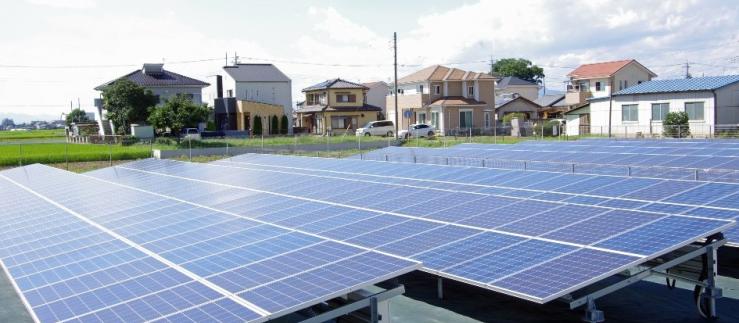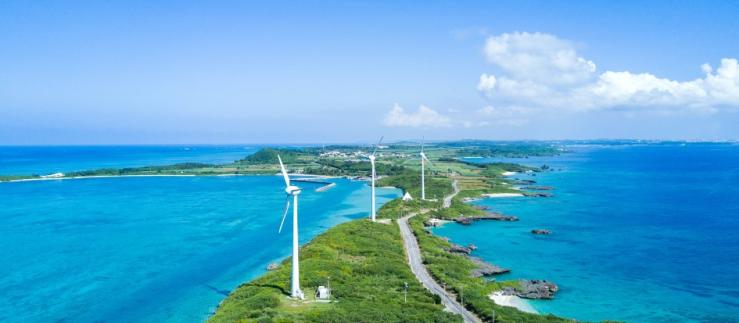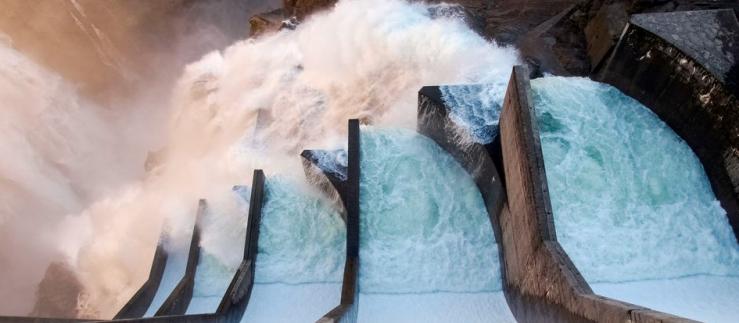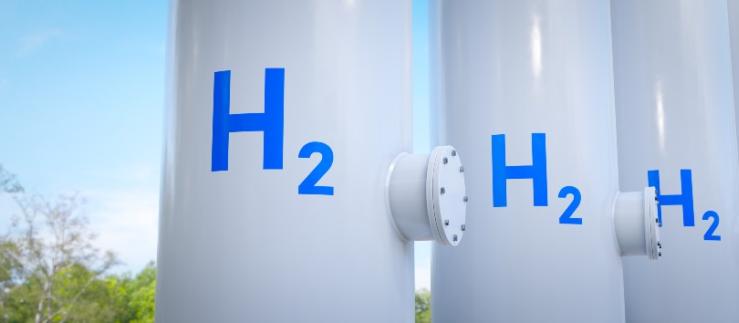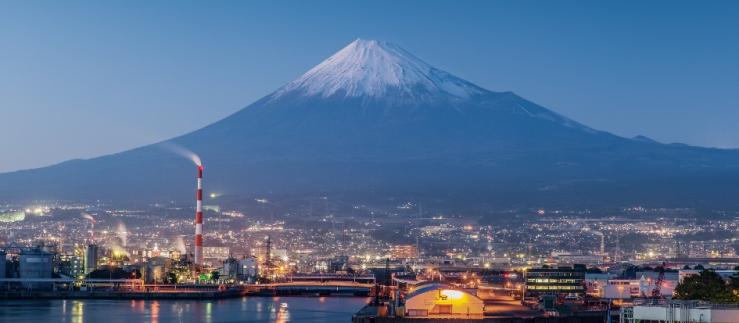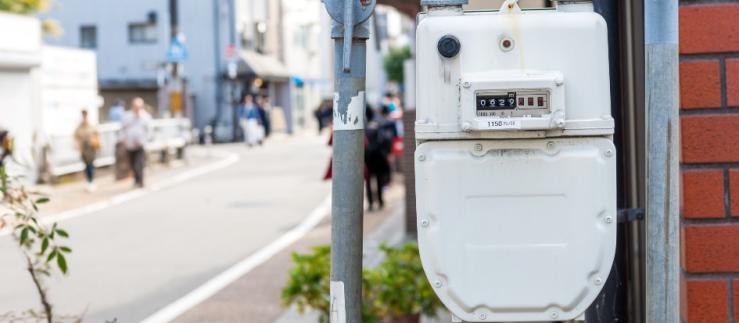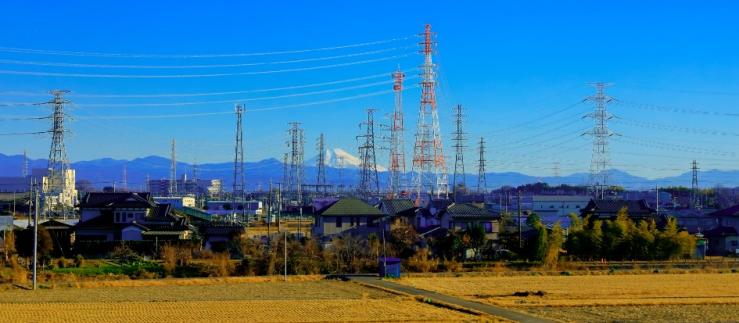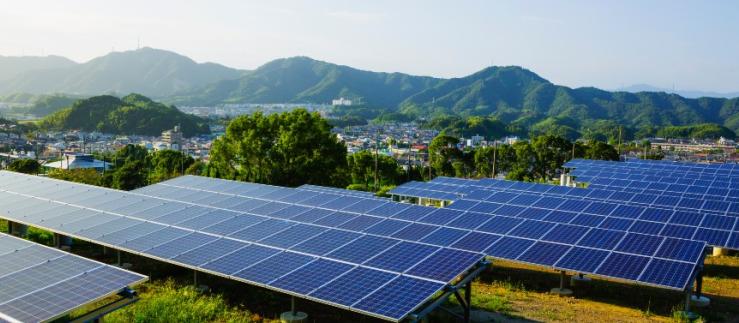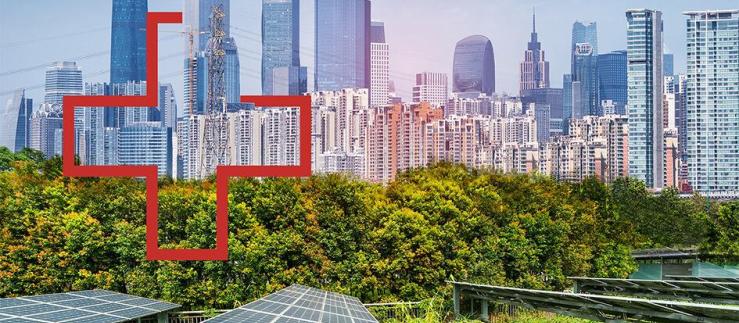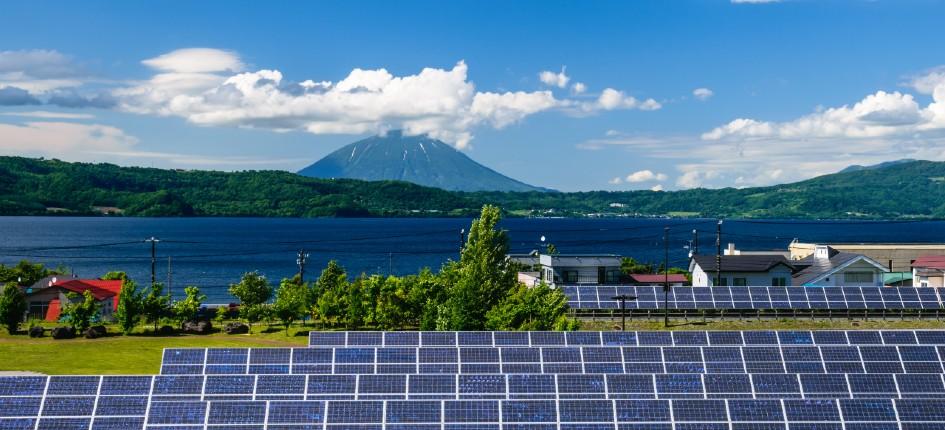
Encouragés par la volonté du pays de s'orienter vers un avenir plus durable, les changements en cours dans l'industrie de l'énergie et les marchés de l'électricité au Japon créent de nombreuses opportunités commerciales. Comment les PME suisses peuvent-elles profiter de cette évolution? Découvrez dans notre série d'articles en dix parties les perspectives qui s’ouvrent aux PME suisses sur le marché de l’énergie au Japon.
Regulation and incentives
Regulation and governmental incentives
In 2020 Japan has announced its target to realize carbon neutrality by 2050. The Strategic Energy Plan which was communicated 2021 foresees that the power sector will be decarbonized through decarbonized power sources. Innovations in renewable energy generation and distribution as well as carbon storage/utilization technologies based on CCUS/Carbon Recycling are important pillars to achieve this goal.
The industrial production should be electrified by decarbonized power sources whereever possible. When electrification is not feasible (for instance in case of high-temperature heat demand) decarbonization through the use of hydrogen, synthetic methane and synthetic fuels is promoted. In certain sectors innovations get special attention, e.g. hydrogen-reduced iron making and artificial photosynthesis.
The "Green Innovation Fund" has been mandated to support innovations for reducing carbon emission. The Japanese industry has to develop and implement new technologiesin order to reach the zero emission target. However, the government admits that to reach this goal the country needs global collaboration and investment.
Explorer les opportunités s'offrant aux PME suisses
Carbon storage
Carbon capture, usage and storage
According to Japan's carbon neutrality strategy a number of low carbon technologies would be employed as pillars of the transition, including carbon capture, usage and storage (CCUS). The government believes that the “net” in “net zero” is a key component of its carbon neutrality, enabling it to keep burning some fossil fuels in hard-to-decarbonize sectors by offsetting or capturing/utilizing emissions from power plants and industrial processes, and even extracting CO2 directly from the atmosphere. The government is particularly keen on CCUS because it could help keep thermal power generation assets online to provide reliable baseload power.
Japan is expecting CCUS technology to be available for some applications as soon as 2030 and to be widely used in the power generation and chemical industries by 2050. Major Japanese industrial corporations are already researching and experimenting with the technology in pilot projects supported by governmental subsidies. However, in its current state, the technology only appears financially viable for power or industrial use when coupled with carbon taxation at levels much higher than today’s. The technology also still needs to be demonstrated at scale in Japan. This opens partnership opportunities for foreign players with the right technologies or technology enablers.
